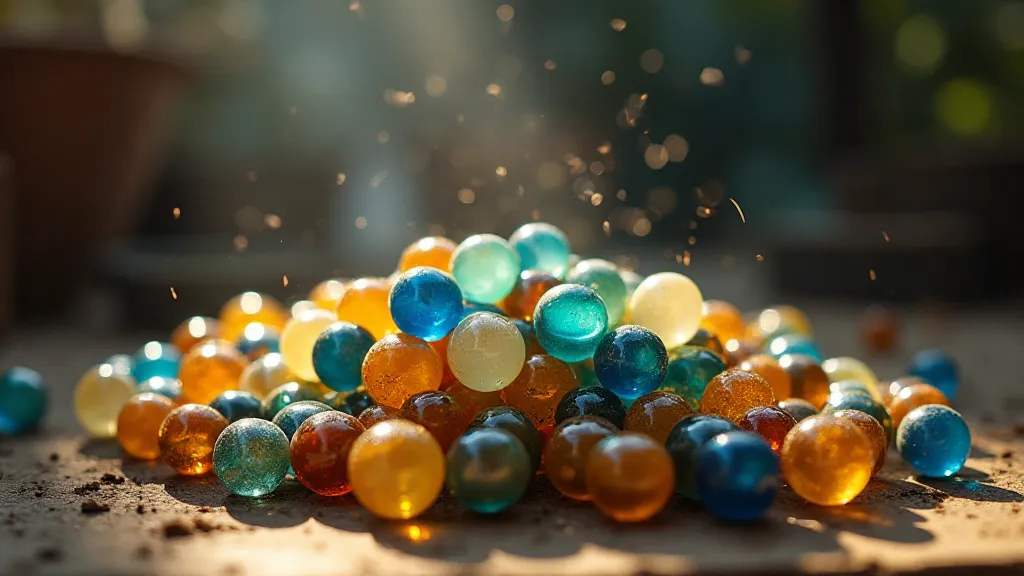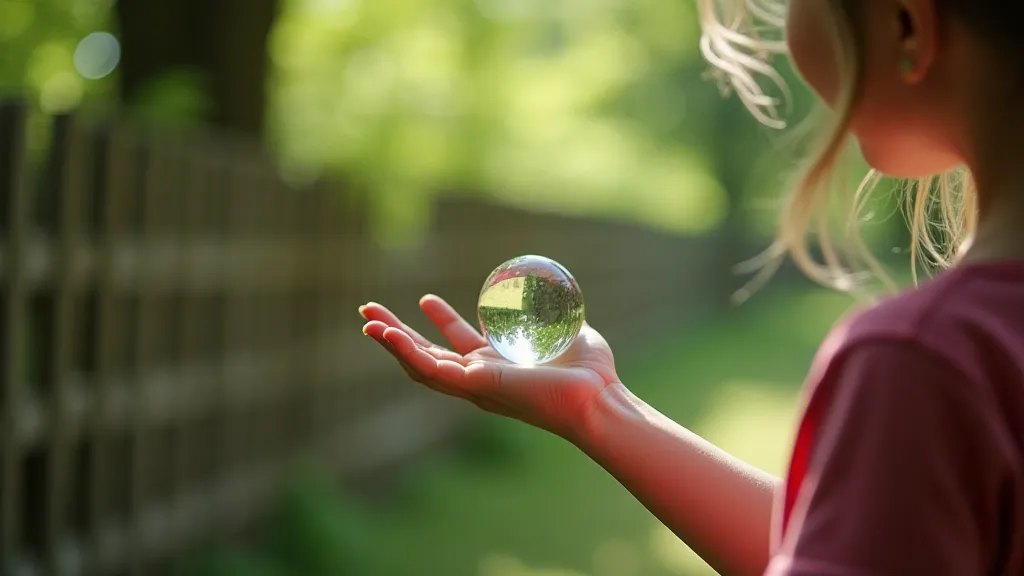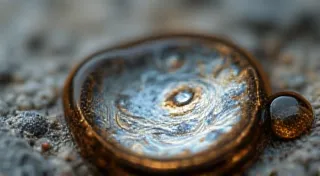A Kaleidoscope of Loss: The Ecological Impact of Historical Marble Production
The cool weight of a handmade antique marble in your palm – the satisfying click as it rolls across a smooth surface, the mesmerizing swirl of colors captured within its glass – it’s a tactile connection to a bygone era. We, as collectors, are drawn to these small spheres of history, captivated by their beauty and the stories they silently hold. But the appreciation deepens, becomes more nuanced, when we consider the price paid, not just in human labor, but in the often-overlooked cost to the environment. This isn't a glamorous side of marble collecting, but it's a vital one to acknowledge if we're to be truly responsible stewards of this hobby and the legacy it represents.

The Raw Materials: A Scar on the Earth
The allure of antique marbles lies in their variety – the swirls of “suzies,” the opaque beauty of “steelies,” the intricate patterns of "ghosts." Each type speaks to the skill of the artisan, but also reveals the origins of its components. Glass marbles, the most sought-after by many collectors, demanded significant quantities of silica sand, soda ash (sodium carbonate), and lime. These weren't simply plucked from a field; often, silica-rich sand was extracted from riverbeds or coastal dunes, disrupting delicate ecosystems and altering landscapes. The removal of these materials was rarely, if ever, done sustainably, leading to erosion, habitat loss, and the degradation of water quality.
Clay marbles, though seemingly less demanding, weren't immune to environmental impact. Clay pits, required for producing clay marbles, also reshaped the land, often leaving behind unsightly and unusable scars. The drying process for clay, crucial for forming the marbles, could release dust and pollutants into the air, further impacting local environments. Think of the vast quantities of clay needed to fuel the booming clay marble production in the late 19th and early 20th centuries - an immense demand with a corresponding environmental toll.
Fueling the Furnace: A Breath of Pollution
The creation of glass marbles was a fiercely hot process, requiring massive furnaces fired by coal, wood, or increasingly, during the industrial era, by coke (a refined form of coal). These fuels weren't simply consumed; they released plumes of smoke laden with soot, sulfur dioxide, and other pollutants. The air quality in towns and villages near marble factories was often appalling, contributing to respiratory illnesses and impacting plant life. The demand for fuel intensified the deforestation of surrounding areas, further exacerbating environmental damage. I remember speaking with an older gentleman in Pennsylvania, a descendant of marble workers, who recounted stories passed down through generations about the constant grey haze that hung over the valley – a constant reminder of the cost of beauty.
The Waste Factor: More Than Meets the Eye
Marble production wasn't a perfectly efficient process. Cullet – broken or rejected marbles – were a constant byproduct. While some cullet was recycled back into the melting process, a significant amount ended up as waste, often discarded in landfills or simply dumped in nearby fields and waterways. These dumpsites, often forgotten, continue to leach chemicals into the soil and water, a silent testament to the industry's legacy. And consider the disposal of raw materials – unusable clay, imperfect sand – all contributing to the growing pile of waste associated with marble creation.

The Human Cost and the Ethical Quandary
It’s impossible to discuss the environmental impact without acknowledging the human cost. The intense heat and often hazardous working conditions in marble factories took a toll on the laborers, many of whom were children. This human suffering is inextricably linked to the environmental degradation; a system that exploits both the earth and its people is inherently unsustainable. As collectors, we have a responsibility to acknowledge this historical context and to consider the ethical implications of acquiring and preserving these objects. Are we simply admiring the finished product, divorced from its origins, or are we engaging with the story – the good, the bad, and the ugly – of its creation?
Preserving the Legacy: Collecting with Conscience
So, what does this mean for the modern marble collector? Does it mean abandoning the hobby altogether? Certainly not. But it *does* call for a more thoughtful and conscientious approach. Here are a few considerations:
- Research the Origin: Learn about the history of the marbles you collect. Understanding their provenance can shed light on the environmental and social conditions of their production.
- Support Sustainable Practices: If possible, prioritize marbles from sources that demonstrate a commitment to ethical and sustainable practices. (Though this is challenging given the age of most antique marbles, knowledge is still power).
- Promote Awareness: Share your knowledge with others. Educate fellow collectors about the environmental and social costs of historical marble production.
- Appreciate the Craftsmanship: Focus on the artistry and skill of the artisans who created these objects. Recognize the human effort that went into their creation, even as we acknowledge the less glamorous aspects of their production.
A Future Perspective
The story of antique marbles is a microcosm of industrial history – a tale of human ingenuity, artistry, and economic prosperity intertwined with environmental degradation and human exploitation. While we cannot undo the past, we *can* learn from it. By acknowledging the ecological impact of historical marble production, we can approach our hobby with a deeper appreciation for the objects we collect and a greater sense of responsibility for the planet we inhabit. The cool weight of a marble in your hand is more than just a tactile pleasure; it’s a reminder of a complex and multifaceted history – a kaleidoscope of loss, but also of beauty, resilience, and the enduring power of human creativity.






